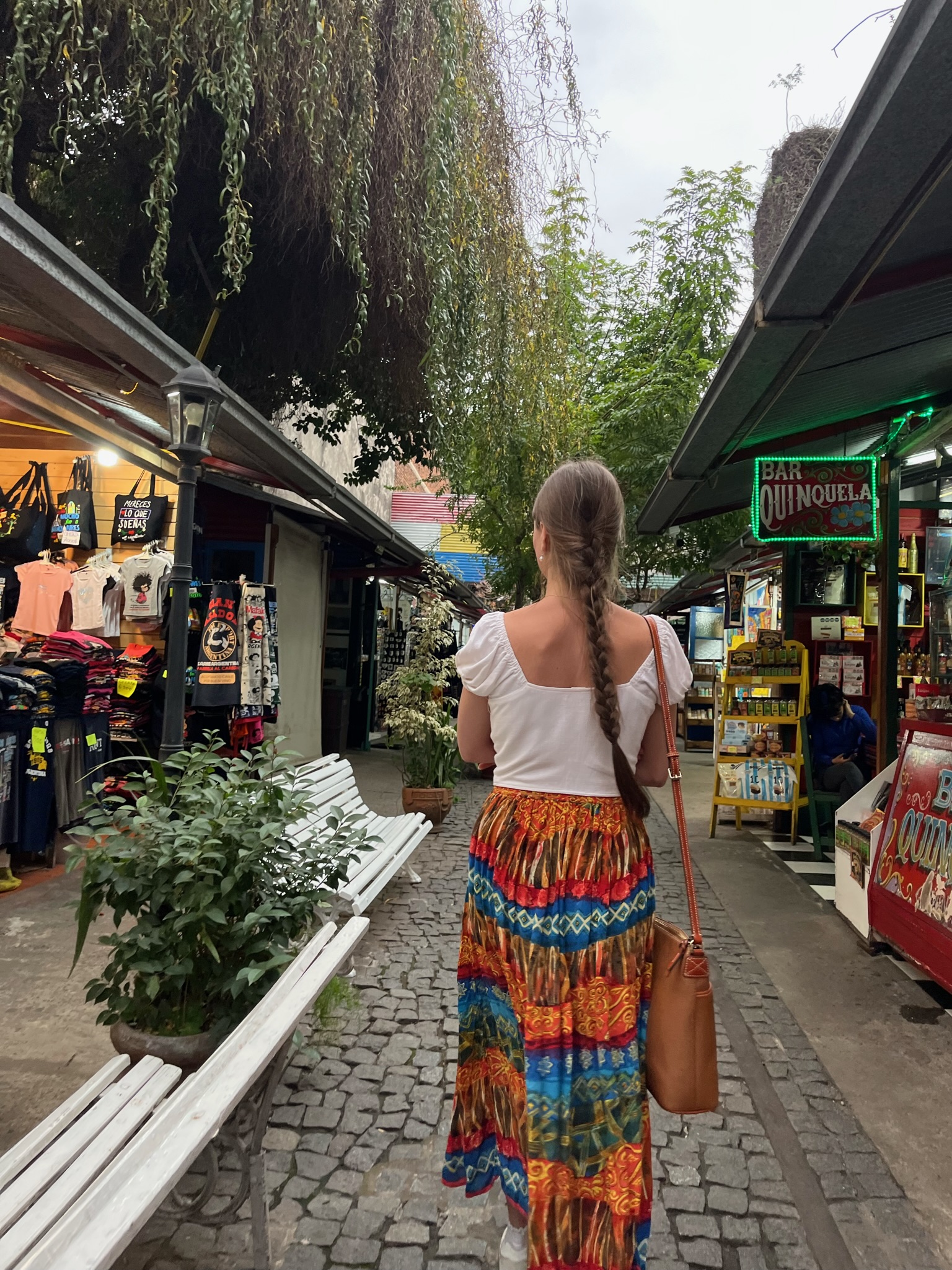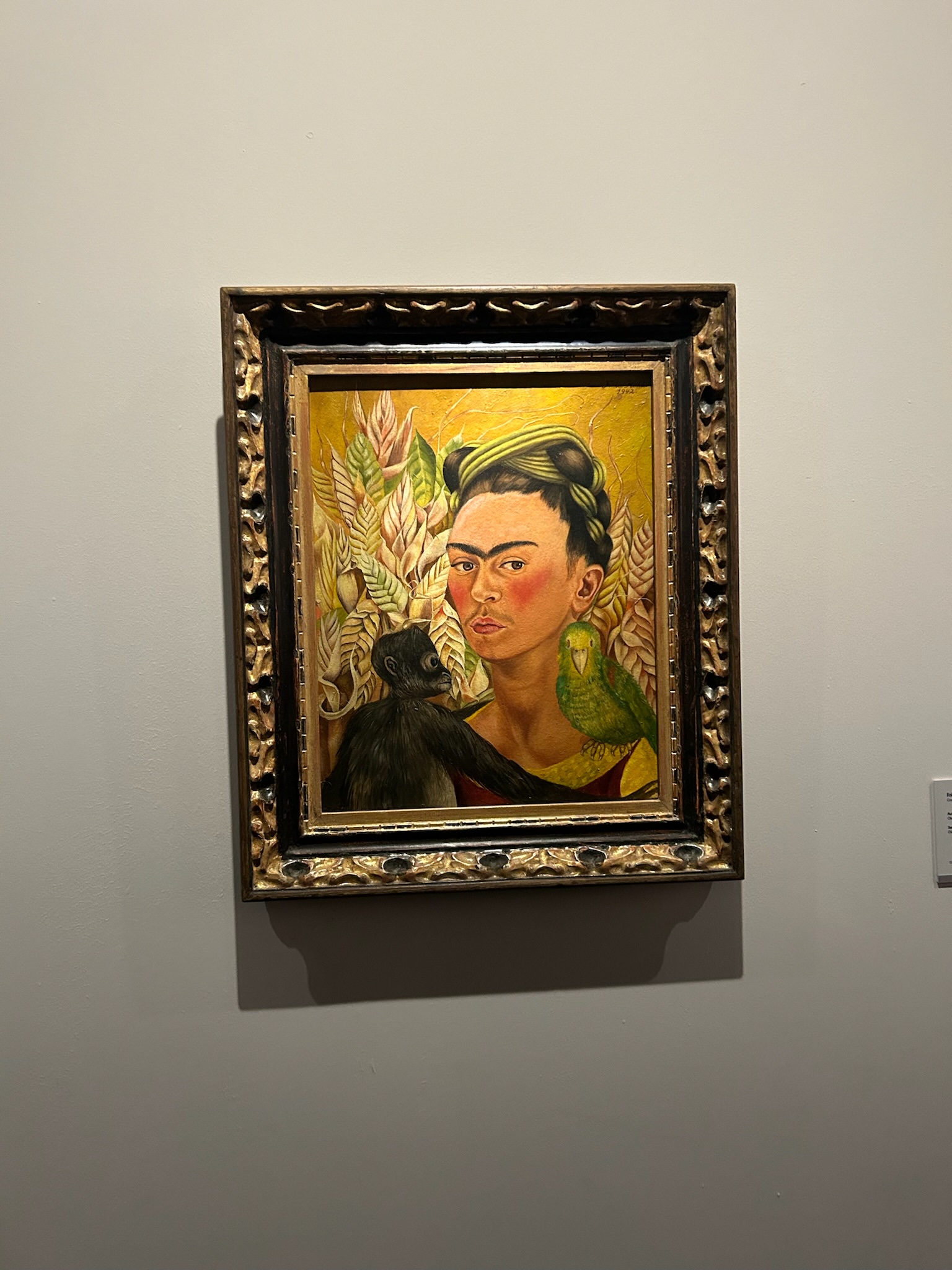Lessons from Buenos Aires
By Jade Gaither

Much of my research process was based on observation and recording the cultural practices I saw in the day to day life of Porteños (people from Buenos Aires, Argentina). I also implemented the use of interviews and had my interviewees fill out a questionnaire I wrote with some of my topic questions for my research. This is a common way that cultural anthropologists conduct interviews. Many will also record them and have the interview transcribed, however this was not feasible for me during my research period, so the questionnaire served its purpose well.

As with anything, there were definite highs and lows. Unfortunately, I got the flu while I was in Buenos Aires, so there were a couple of days when I had to take things a little slower and rest. In the moment, I was concerned about making up for the lost time in my research. However, I was able to chat more with my host mother those couple of days and it turned out to be very beneficial for my project as the conversations we had about cultural identity, the social ritual of mate, and what it meant to her to be Porteña were integral in my better understanding of Buenos Aires’s culture and history.

Staying with a host family was extremely helpful in conducting my research. Being able to have someone familiar to ask questions to and feel comfortable with helped me considerably. One of the key takeaways I have come away with is to be adaptive! It is highly improbable that the research plans one goes in with will be exactly how things play out. If one stays open to being fluid in research methods and outlooks (within one’s topic of course) I believe it can greatly benefit and even improve the project.

As I drove to the airport in the early morning preparing to fly home, I was struck with a deep sense of wonder and gratitude for my short but impactful trip. My final view of the city I had called my home for the past few weeks was the Obelisco. Its facade bathed in prisms of blue light, the same shade as the flag that fluttered proudly in the morning breeze. The obelisk is arguably the symbol of the city. Paris has the Eiffel Tower, San Francisco its Golden Gate Bridge, and for Buenos Aires, standing strong, both impassive and impressive, the Obelisco. A distinct symbol of the enduring legacy of the city. A city of immigrants. Cultures and languages flowing together like tributaries of a great river. One stream carrying indigenous traditions such as mate, another, european, providing influence over the development of language spoken giving us Porteño spanish. Much like the powerful Rio de la plata that gives life to the city, these tributaries meet and flow together creating a distinct and powerful culture.
Moving forward with future projects I believe my time in Buenos Aires taught me that being immersive and adaptive is the key to a successful project.

